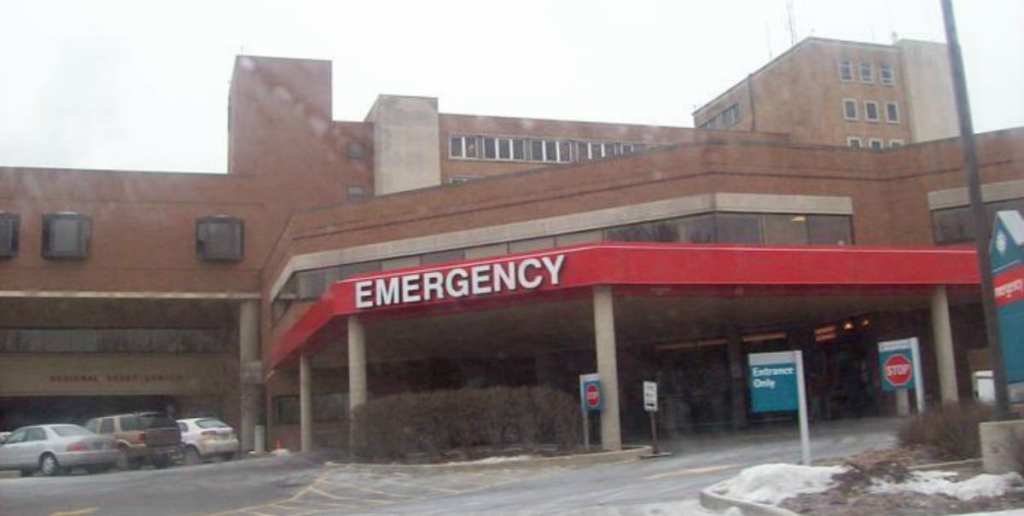Trending Now
It never fails – you go to the emergency room because you’re dying, and you end up sitting and waiting while people who are dying faster (apparently) get called back to see the doctor before you. I know people who have decided that, in the face of the interminable ER wait, they’re not feeling so bad after all, and they’ll just tough it out at home in their beds and go to the regular doctor in the morning.

Photo Credit: Imgflip
To be fair, I suppose the people who are bleeding copiously or, you know, having a heart attack should take precedence. That said, when you’re struggling with something painful like a kidney stone or a bad cut, it can be hard to accept the reasoning, “shut up and wait your turn.”

Photo Credit: Adobe Stock
But have you ever wondered why the wait times are so extensive? Like, isn’t there some way to guess how many people will maim themselves or try to drop dead on a given night?
Well, the simple answer is no.
The long answer can be explained a little better in this video, uploaded by Toronto ER doctor Mike Evans. It’s well done and pretty darn interesting.
Basically, hospitals are huge working machines with multiple moving parts. The ER is connected to every other department, with all of the doctors, nurses, experts, laboratories, et al, working together like a well-oiled machine. “Well-oiled,” we should say.

Photo Credit: Facebook, L-arginine Plus
Keeping a schedule proves nearly impossible because demands change, often by the minute, and there is no way to predict what will walk through the door.
The triage process, in case you’re interested, was started by Baron Dominique Jean Larrey, Napoleon’s Surgeon-in-Chief.

Photo Credit: Public Domain
In his memoirs, he wrote that young army surgeons must carry everything they needed in order to “afford the wounded speedy assistance.” His triage system included ambulance corps, field hospitals, drivers and stretcher bearers, all of whom were trained to tend to the most wounded first.

Photo Credit: Wikipedia
Here’s a breakdown of reasons the modern ER struggles to keep up with a demand of patients, according to a 2012 study:
- The federal mandate that anyone who goes to an ER must be treated.
- Patients being “boarded” in the ER while they wait for rooms elsewhere.
- Staffing shortages
- Patients who use the ER as primary care because they don’t have insurance and can’t afford to see a regular doctor. This includes the mentally ill with no access to care, and combined, these can make up as much as 5% of ER visits.
None of this is helped by the fact that a number of rural hospitals and emergency rooms have closed over the past decade, making the remaining centers more crowded and slower to respond.

Photo Credit: Adobe Stock
If you’re wondering if there’s anything you can do to help, the answer is: sort of. There are no easy solutions to any of the healthcare crises facing Americans these days (obviously), but you can make sure that your trip the ER is necessary before you haul your butt in. Here’s a handy list of conditions and ailments that should definitely send you to the hospital. Others can wait until you can see your doctor during regular business hours – or perhaps a stop at Urgent Care will do.
I mean, if you can wait, wait. It will save you not only time and money, but a heck of a lot of frustration, to boot.
We know you can choose a lot of sites to read, but we want you to know that we’re thankful you chose Did You Know. You rock! Thanks for reading!






